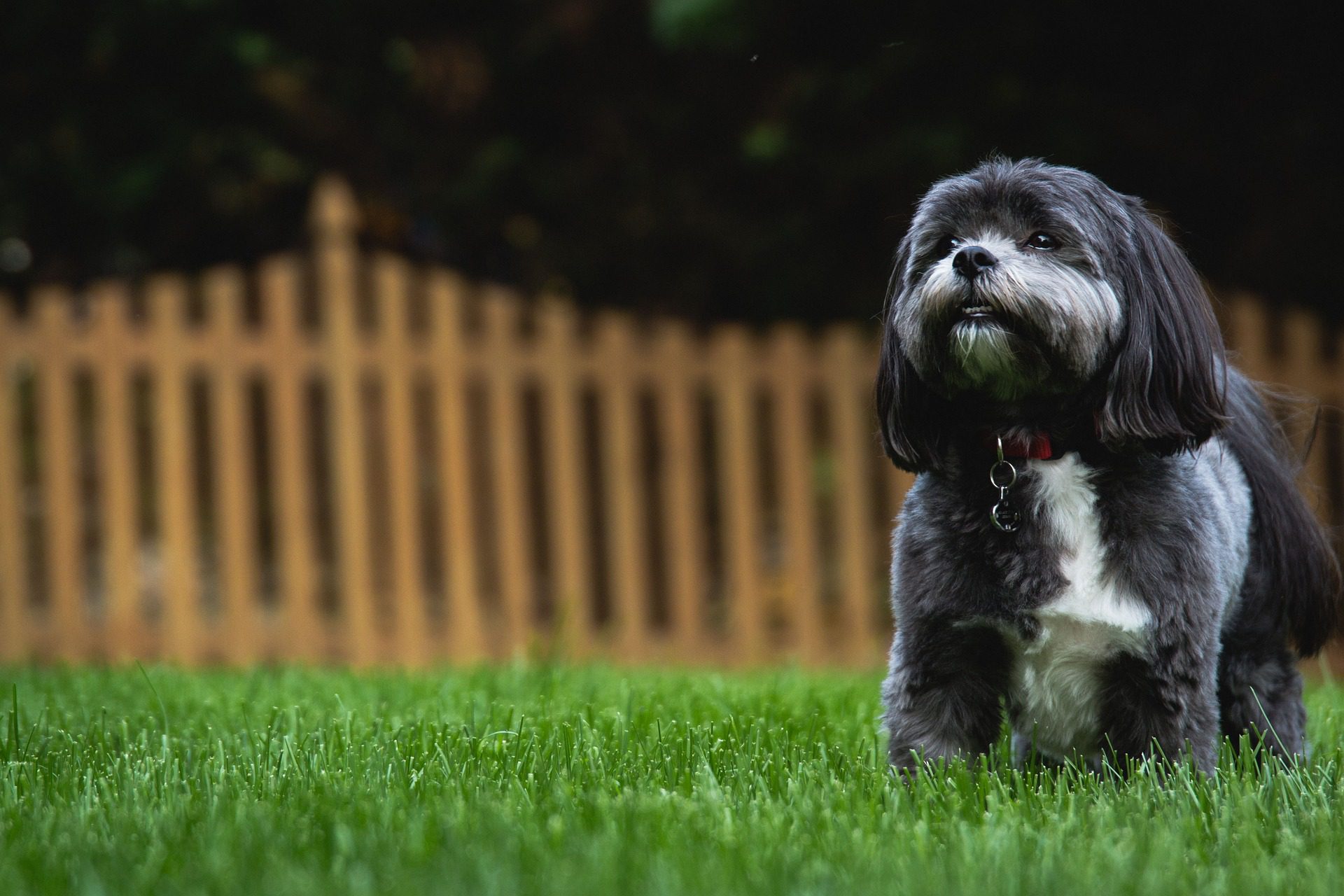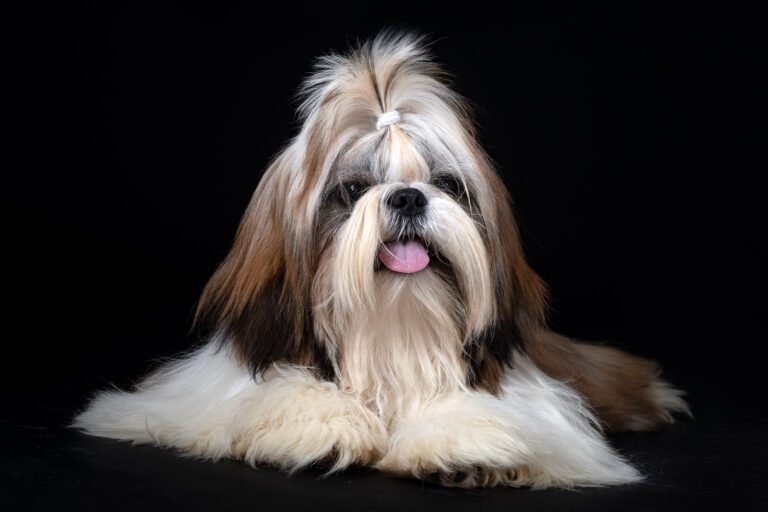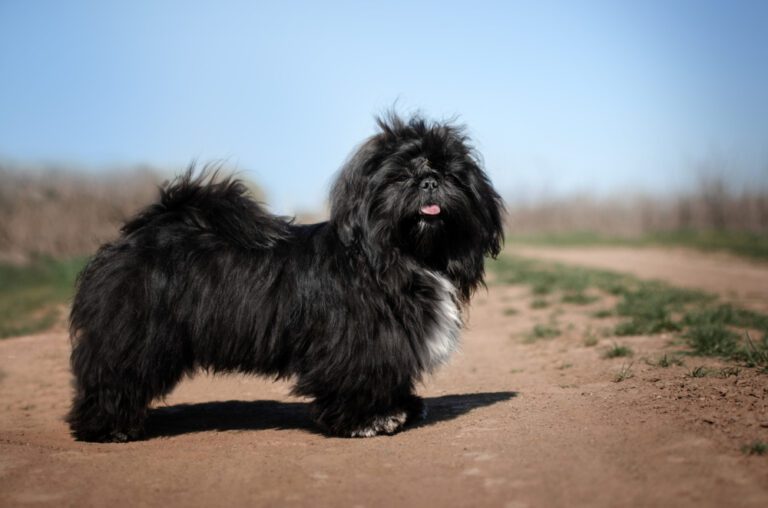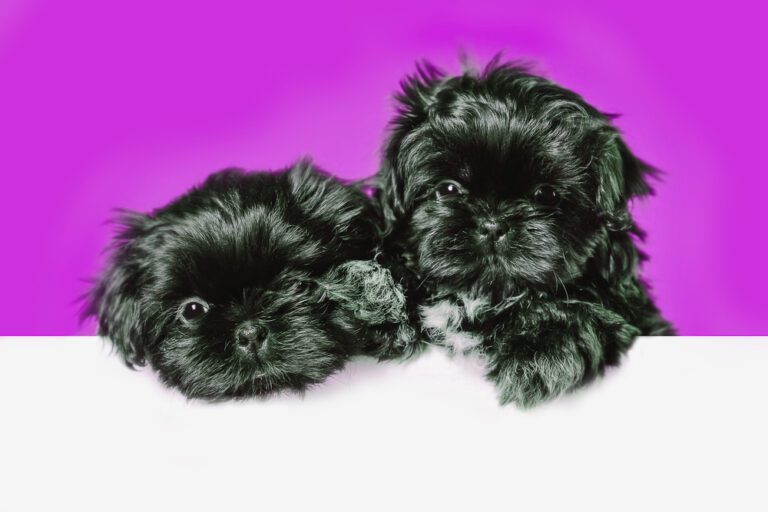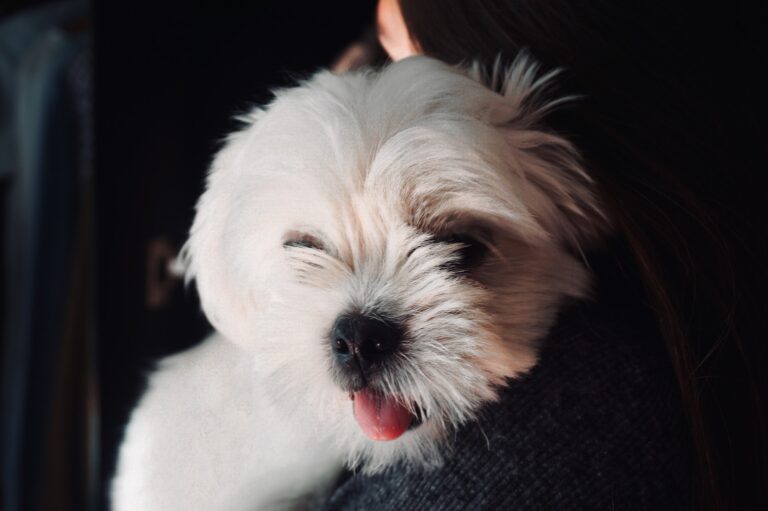Does Shih Tzu Change Color: Surprising Facts
One thing that may surprise some people about Shih Tzus is that they can change color over time. Really? There is a lot of mystery surrounding the Shih Tzu breed, and people ask this question more often, does Shih Tzu change color? It’s because Shih Tzus, like many other breeds of dogs, have a coat of two different types of hair: the topcoat and the undercoat.
The top coat is the longer, coarser hair that is visible, while the undercoat is the shorter, softer hair that lies beneath the topcoat. The color of a Shih Tzu’s coat is determined by the pigment in its hair, which can change over time due to various factors such as age, diet, and genetics. So, if you own a Shih Tzu or are considering getting one, it is essential to understand that their coat color may change throughout their lifetime.
In this article, we will explore some factors that can affect the color of a Shih Tzu’s coat and discuss some of the surprising ways these dogs can change color over time.
Understanding Why Does Shih Tzu Change Color?
The coat of a Shih Tzu can change colors for several reasons:
1. Genetics
One of the most common questions that Shih Tzu owners have is whether or not their Shih Tzu’s coat will change color over time. The answer to this question is a bit complicated, as it depends on the individual dog’s genetics. Many Shih Tzus are born with a black coat, which may lighten to brown or gray as they age. However, some dogs may retain their black coat throughout their lives.
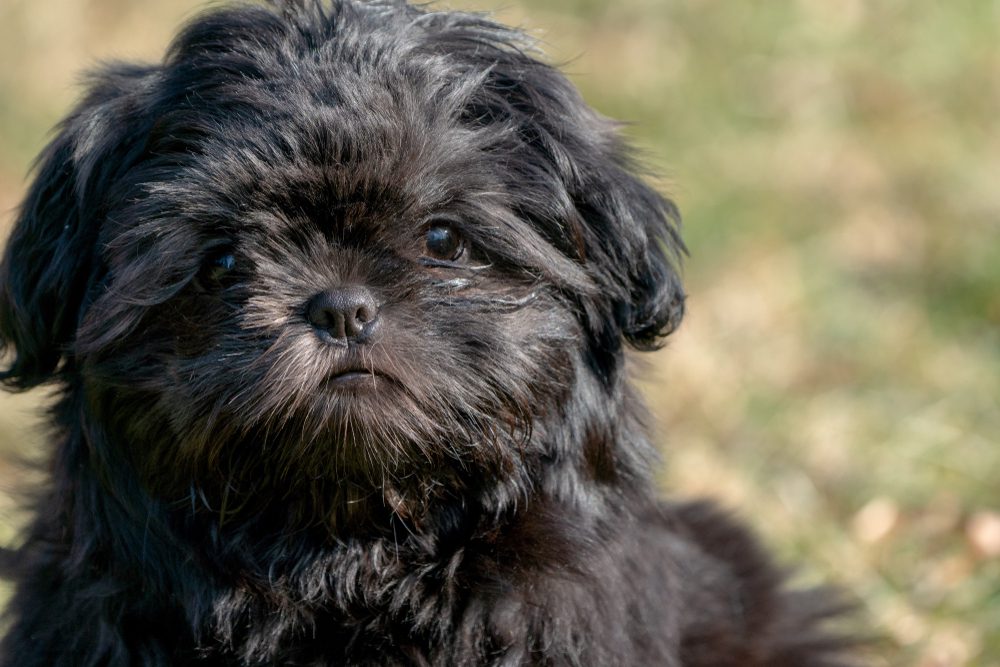
In addition, some dogs may develop white patches on their coats as they age, while others may experience a complete change in coat color. Ultimately, the rate at which a Shih Tzu’s coat changes color is determined by its genetics.
2. Age
Many people must realize that Shih Tzus can change color as they age. Puppies are typically born with darker coats, which gradually lighten over time. Adult Shih Tzus may range in color from white to cream to gold, depending on their coat patterns.
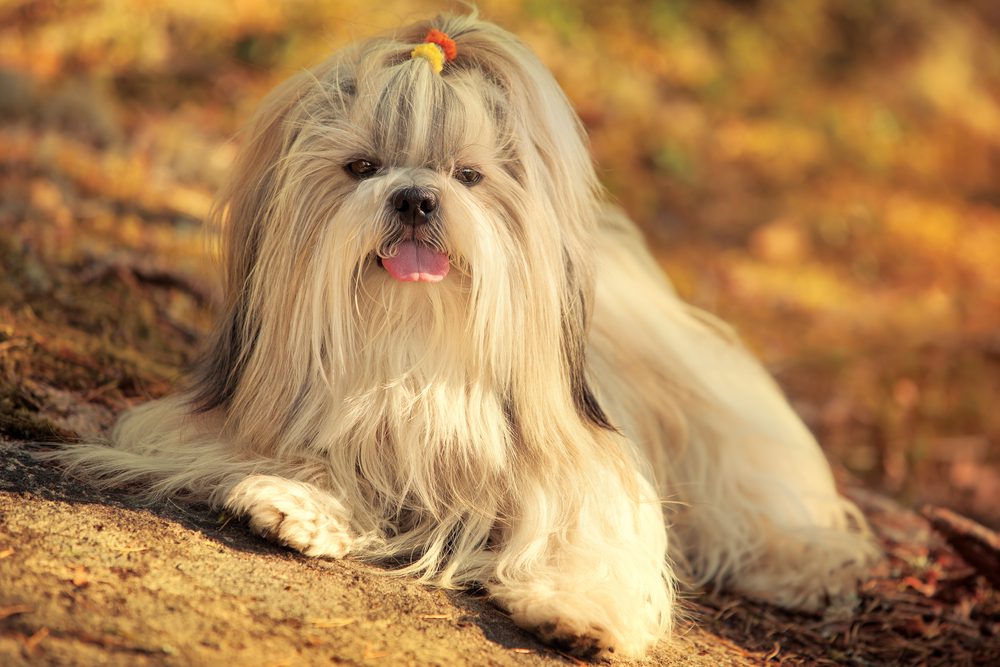
While some owners may find this change surprising, it’s typical for the breed. So if you’re considering adding a Shih Tzu to your family, be prepared for your new furry friend to transform as they grow up.
3. Environment
Many people are unaware that the environment can cause a Shih Tzu to change color. While most Shih Tzus are born with black and white coats, some may gradually develop brown or red patches as they mature. It’s due to the presence of a pigment called pheomelanin, which is sensitive to sunlight. When exposed to sunlight, pheomelanin produces a brown or red tint.
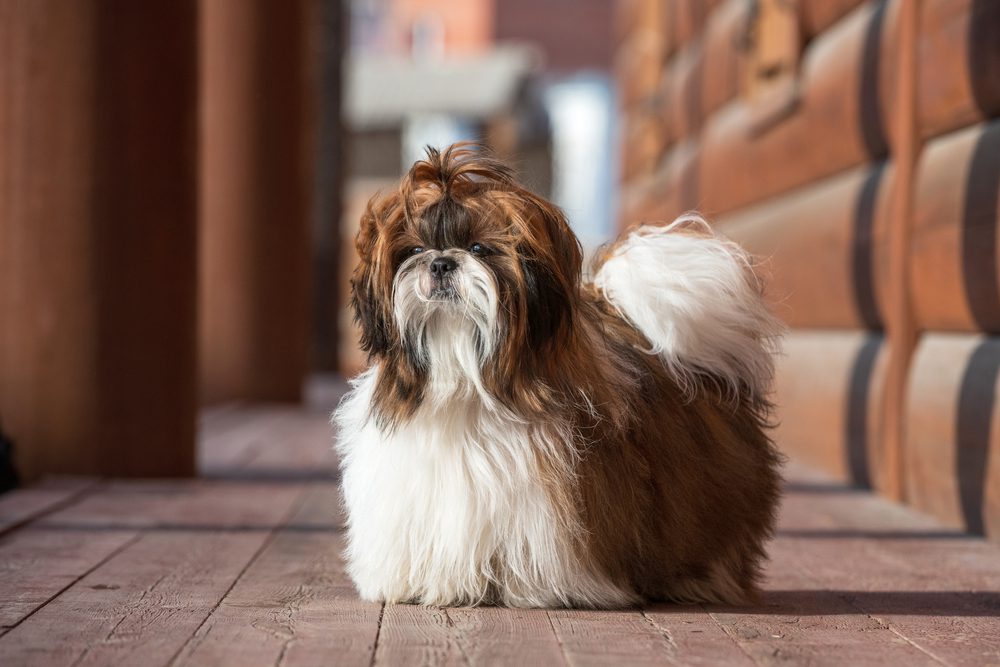
In addition, environmental factors such as pollution can also cause a Shih Tzu’s coat to change color. Pollutants such as car exhaust can contaminate the air and provide an unhealthy environment for a Shih Tzu. As a result, it is vital to be aware of the potential dangers that the environment can pose to Shih Tzu’s health and well-being.
4. Breed
One of the most exciting things about Shih Tzus is that they can change color as they age. While most purebred dogs have a single coat color, Shih Tzus can be born with various colors and patterns. In some cases, Shih Tzus may even change colors multiple times during their lifetime.
While the exact reason for this phenomenon is unknown, it is thought to be related to the breed’s genes. So if you’re curious about what your Shih Tzu’s coat will look like as an adult, you’ll have to wait and see.
5. Health Issues
While it is true that some Shih Tzus do lighten in color as they age, several other factors can cause a change in coat color. Health issues, such as thyroid problems or Cushing’s disease, can cause a dog’s coat to become lighter. Also, certain medications, such as corticosteroids, can cause a dog’s coat to change color.
If you notice your Shih Tzu’s coat changing color, it is essential to consult with your veterinarian to rule out any underlying health issues.
Related: Shih Tzu Coat Care: How To Make It Shiny And Healthy?
Conclusion
Shih Tzu coat colors are always a hot topic among dog owners—the coat color changes throughout the dog’s life, which can happen for several reasons. While most Shih Tzus will change color at some point, some keep the same color from birth to death. If you’re wondering what the rarest color of Shih Tzu is, it’s black.
FAQ’s
What is the rarest color of Shih Tzu?
The rarest color of Shih Tzu is black. This is because black is a recessive gene and can be masked by other coat colors. For a Shih Tzu to be black, both parents must carry the black gene and pass it on to the puppy.
How can you tell what color your Shih Tzu will be?
The color of a Shih Tzu puppy is determined by the genes inherited from its parents. To predict what color a Shih Tzu puppy will be, you can look at the colors of the puppy’s parents and consider the genetics of coat color inheritance. However, it is not always possible to accurately predict a puppy’s coat color, as genetics can be complex and unpredictable.
Does Shih Tzus get lighter or darker?
Shih Tzus can get lighter or darker as they age due to various factors such as genetics, diet, and exposure to the sun. Some Shih Tzus may become lighter in color as they age due to graying hairs or fading of the pigment in their coat. Other Shih Tzus may become darker due to the accumulation of pigment or exposure to the sun, which can darken the color of the hairs. The extent to which a Shih Tzu’s coat color will change over time will vary from dog to dog and can be influenced by several factors.
At what age did Shih Tzus stop changing color?
Shih Tzus stop changing color when they reach their adult coat, which usually occurs at around one to two years of age. The exact age at which a Shih Tzu’s coat stops changing color may vary based on individual factors.

